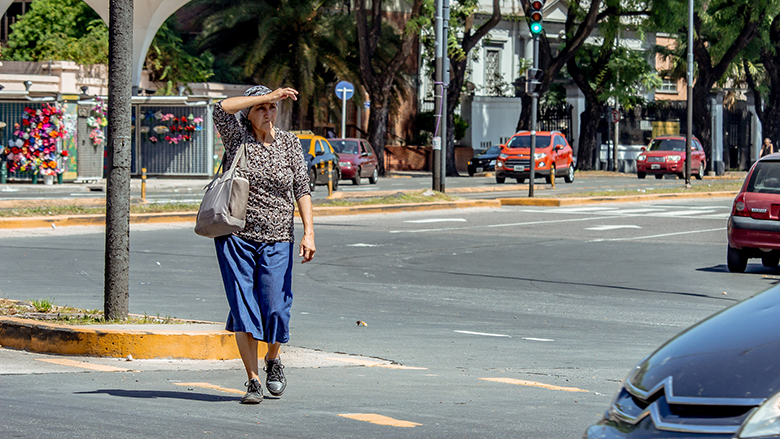By and for men
“Will you let me know when you get home?” That is the last thing we ask a female friend when we say goodbye. All Latin American women know that they are at risk of being mugged on the dark, winding streets, or that they can be harassed or abused in a poorly lit public transport station.
“The urban space determines how we organize our lives and our communities, and most definitely, our society. As such, it reflects and reproduces the gender stereotypes with which we grew up and co-exist. Crucially, we build cities thinking about the “neutral masculine” use and budgets in which the women’s role is in the private space of the home versus the public space,” said Horacio Terraza, Lead Urban Specialist at The World Bank and one of the Handbook’s authors.
“That is why it is so important to also include the perspective of women and gender minorities in the design of our cities and our communities. It will enable them to have the same access to the benefits of the city,” he said.
Worldwide, women occupy just 10 percent of the highest-ranking jobs at leading architecture firms and urban planning offices, according to the Handbook. For this reason, the design of public spaces seldom considers the daily lives of women and minorities.
In addition to limited representation in planning, women, girls and sexual and gender minorities are rarely asked to participate in community planning and design processes.
But why is urban planning important for closing gender gaps? According to the Handbook, “Urban planning and design shape the environment around us – and that environment, in turn, shapes how we live, work, play, move and rest.”
In that regard, Terraza cites a successful case in Latin America: La Favorita, a neighborhood in Mendoza, Argentina.
“There, community members participated in designing a public space, Aliar Square, proposing concrete solutions for safety, access, mobility, use, etc. Workshop participants redesigned the square, rethinking the uses of key spaces such as the municipal center that provides health, education and cultural services, dance classes, etc. and the development of new spaces and equipment such as: an elevated children’s playground that it easily visible from anywhere in the square, a hockey field, bus stops, an amphitheater and a library. Each of these new spaces and pieces of equipment reflects clear needs of gender inclusion,” he explained.
Considering all citizens
In the past, cities were conceived to reflect traditional roles and the gendered division of labor, especially through modern zoning. Although designed for public policymakers and urban planners, the Handbook sets out practical approaches, activities, and design guidelines on how to implement a participatory, inclusive design process that explores the experiences and uses of the city from the perspective of all citizens: women, men, and sexual and gender and other minorities.
It also gives clear, specific design guidelines, appropriate for and adaptable to all regions, for a range of planning fields, including housing, public transport and mobility infrastructure, other infrastructure services, and city master plans.
“We tend to assume that we know the needs of different social groups, including minorities, but that is often not the case; we work from budgets. We frequently underestimate the knowledge that the user of the space has. We not only need to listen to community members -- we need to incorporate them in the design if we want inclusive cities,” said Terraza.



